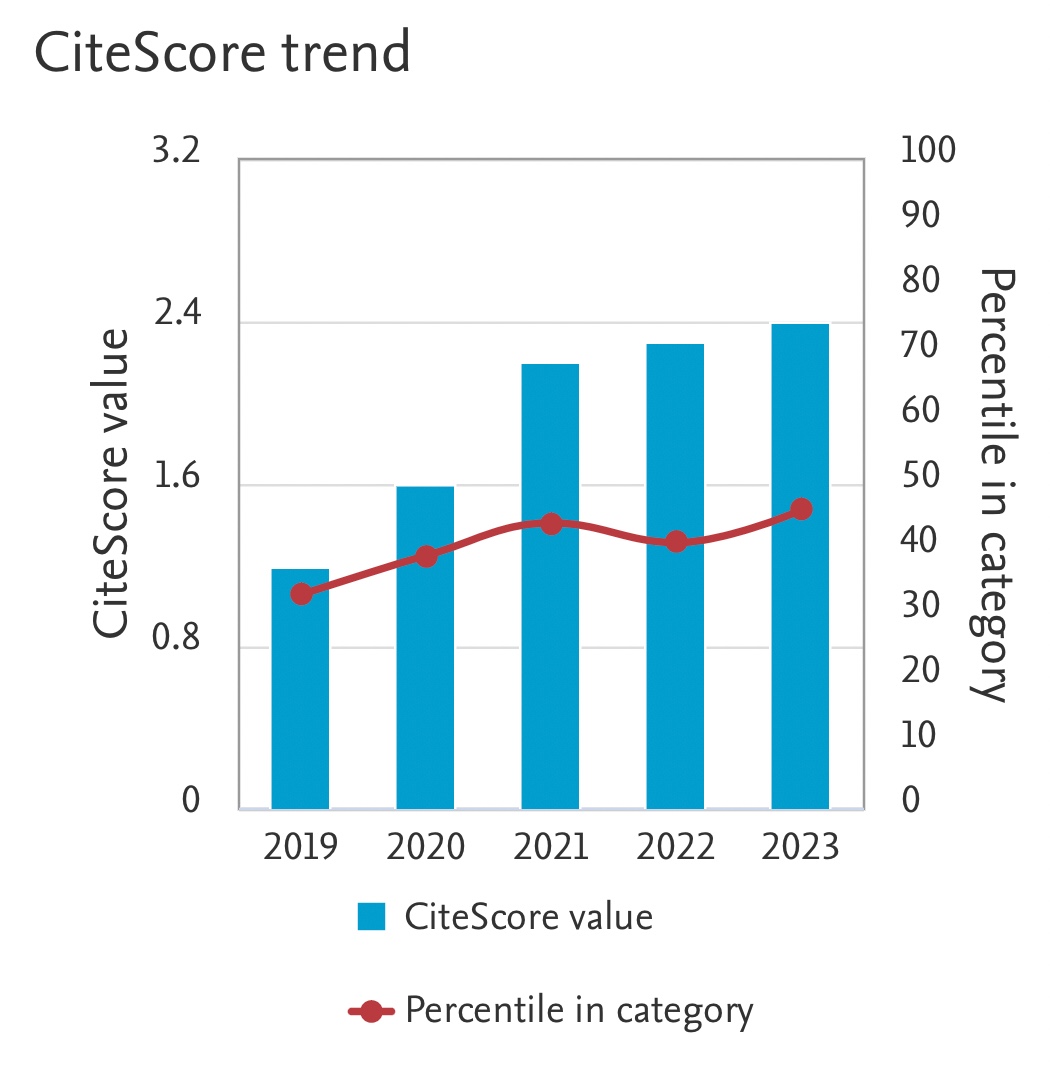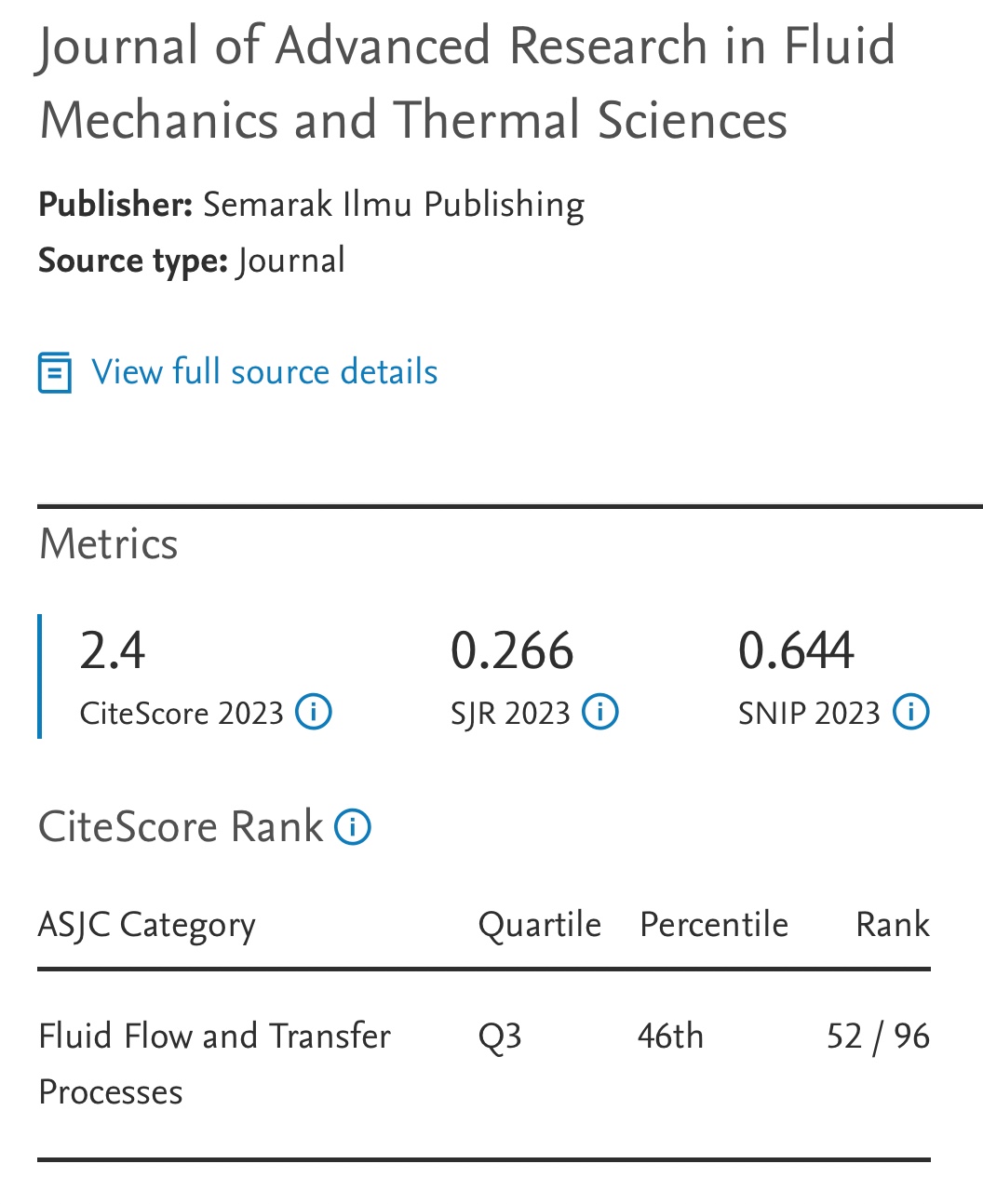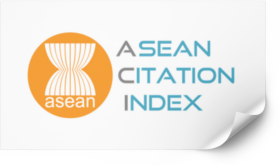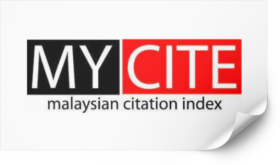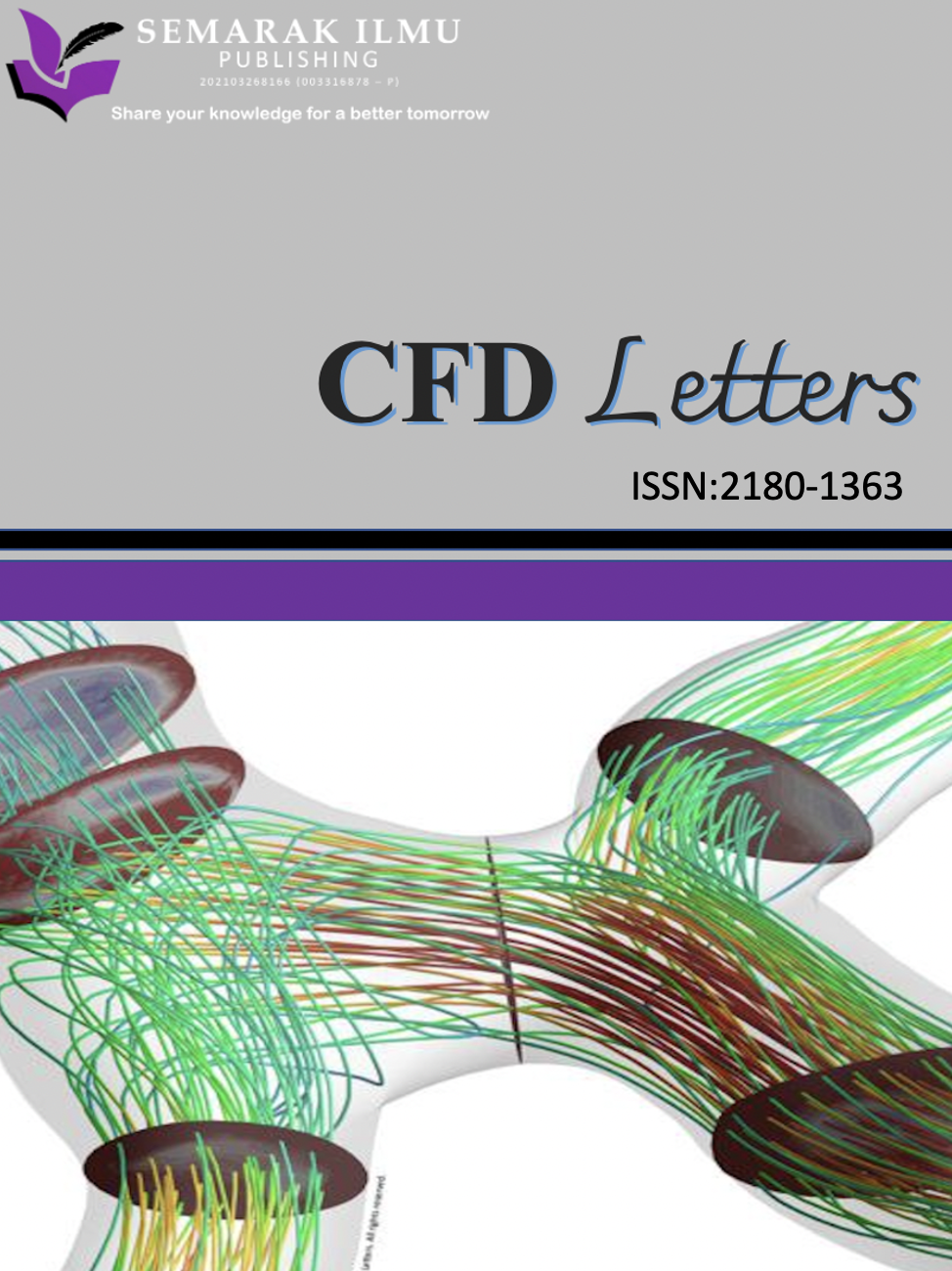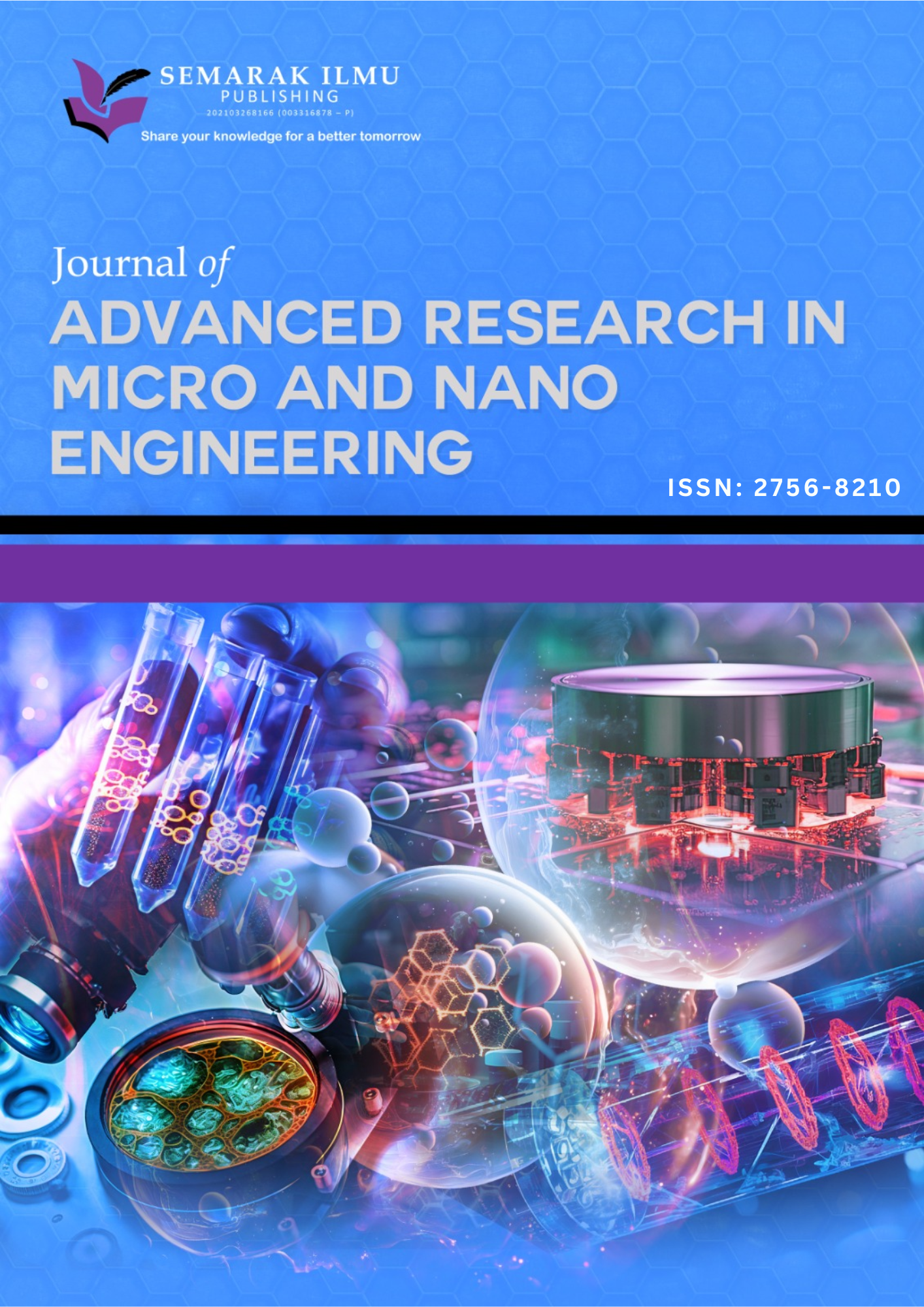Brightening the Future: Harnessing Nature’s Colours for Sustainable Solar Cells
DOI:
https://doi.org/10.37934/arfmts.127.1.4050Keywords:
Absorption spectrum, Veitchia merrillii, electrical conductivity, dye-sensitized solar cellsAbstract
Dye-sensitized solar cells (DSSCs) have emerged as a promising solution due to their ability to harness sunlight, a clean and abundant energy resource. However, the traditional DSSCs face challenges which the usage of synthetic dyes such as ruthenium will cause harmful to the environment and expensive. These issues have spurred interest in developing eco-friendly, cost-effective alternatives. Hence, this study focuses on the extraction of the colour of natural dye from Pinang fruit (Veitchia merrillii) and the fabrication of bilayer hybrid thin film composed of titanium dioxide (TiO2), natural dyes and Poly (3-hexylthiophene) (P3HT) by using electrochemical method and spin coating onto the Indium Tin Oxide (ITO) glass substrates. The UV-Visible absorption spectrum and functional group of natural dyes extracted from the skins and nuts of Veitchia merrillii (V.merrillii) were examined. Then the electrical conductivities of hybrid thin film composed of bilayer ITO/TiO2/P3HT and ITO/TiO2/Dye/P3HT for different dyes were measured using four-point probes. The dyes from skins of V.merrillii fruits exhibit the absorption spectrum from 400 - 520 nm meanwhile dyes from nuts were absorbed at wavelengths of 350 - 480 nm. The hybrid thin film of ITO/ TiO2/ Skin Dyes/P3HT showed the highest conductivity with a value of 0.025 Scm-1. In conclusion, the dyes from V.merrillii fruits have a significant potential as a photosensitizer for solar cell application. Using these dyes is good for the environment and cost-effective. This research suggests a promising way to make eco-friendly solar cells using resources from Pinang fruit.
Downloads











